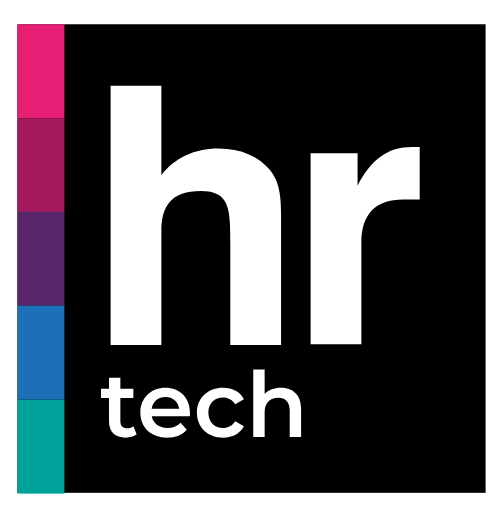News
Ransomware isn't just for hackers anymore: the criminal industry that threatens all businesses
)
Ransomware-as-a-service (RaaS) has changed the rules of the game in cybercrime. This model allows virtually anyone, even without advanced technical knowledge, to launch ransomware attacks with ease. Underground platforms market these malicious packages as if they were legitimate software, with subscriptions, technical support and constant updates. The result: an explosion of increasingly sophisticated and hard-to-contain attacks.
How the RaaS model works
In the past, organizing a ransomware attack required a team with expertise in programming, cryptography and vulnerability exploitation. Now, with the RaaS model, it is enough to pay a fee or share a percentage of the ransom obtained with the malware developers. These "affiliates" receive ready-to-use kits and, in many cases, step-by-step guides to maximize their impact.
It's a round robin business for cybercriminals. While ransomware developers stay in the shadows and minimize risks, affiliates take responsibility for launching attacks, negotiating with victims and collecting payments.
A rapidly growing problem
Ransomware attacks have reached unprecedented levels in recent months. Recent reports warn of a sharp increase in the activity of groups specialized in this type of cyber-attack, with a sustained growth year after year.
Globally, large organizations and critical sectors have been targeted by these campaigns, affecting everything from multinationals to critical infrastructures. It is estimated that in some regions attacks have increased by up to 40% in the last year, consolidating ransomware as one of the main threats for companies of any size.
In addition, extortion methods have evolved. Whereas in the past the aim was simply to encrypt the victim's data and demand a ransom, now double and even triple extortion techniques are used:
-
Double extortion: If the victim does not pay, his stolen data is published in clandestine forums.
-
Triple extortion: In addition to encryption and data breaches, denial-of-service (DDoS) attacks are launched to put further pressure.
Ransomware is no longer just an IT problem. It is a crisis that impacts operations, reputation and customer confidence.
How to protect yourself?
In the face of this threat, relying solely on traditional security solutions is insufficient. The key is a comprehensive strategy that combines technology, processes and awareness. Some essential measures include:
-
Frequent and isolated backups. Keeping backups up to date and out of reach of attackers is vital.
-
Multi-factor authentication (MFA). Drastically reduces the likelihood of unauthorized access.
-
Advanced monitoring and rapid response. Early detection tools and well-defined response plans can prevent a disaster.
-
Awareness and training. Phishing remains one of the main gateways for ransomware. Investing in education is critical.
Ransomware attacks are not going to go away, nor are they going to stop evolving. But what is in the hands of companies is to reduce their exposure and be prepared to respond quickly when an attack attempt occurs.

 Cloud & AI Infrastructure
Cloud & AI Infrastructure Cyber Security World
Cyber Security World Big Data & AI World
Big Data & AI World  Data Centre World
Data Centre World  Technology for Marketing
Technology for Marketing E-Show
E-Show HR Technologies
HR Technologies Learning Technologies
Learning Technologies)
)
)
)
)
)
)
)
)
)
)
)
)
)
)
)
)
)
)
)
)
)
)
)
)
)
)
)
)
)
)
)
)
)
)
)
)
)
)
)
)
)
)
)
)
)
)
)
)
)
)
)
)
)
)
)
)
)
)
)
)
)
)
)
)
)
)
)
)
)
)
)
)
)
)
)
)
)
)
)
)
)
)
)
)
)
)
)
)
)
)
)
)
)
)
)
)
)
)
)
)
)
)
)
)
)
)
)
)
)
)
)
)
)
)
)
)
)
)
)
)
)
)
)
)
)
)
)
)
)
)
)
)
)
)
)
)
)
)
)
)
)
)
)
)
)
)